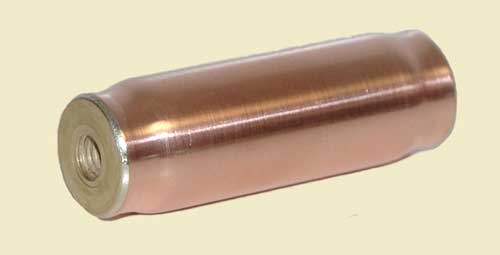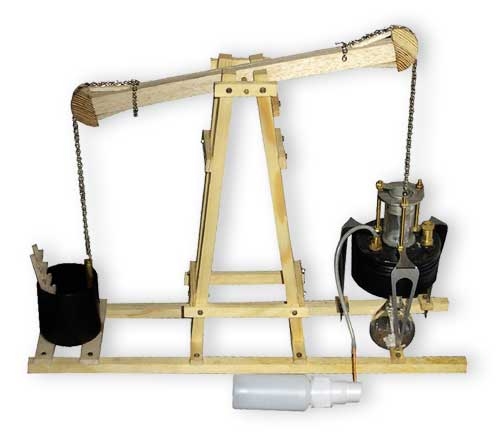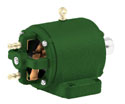|
A Gas tank for the |
|
|
BIX029
Boiler Pressure Regulator.
Click
here
for details
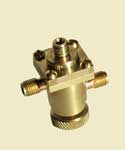
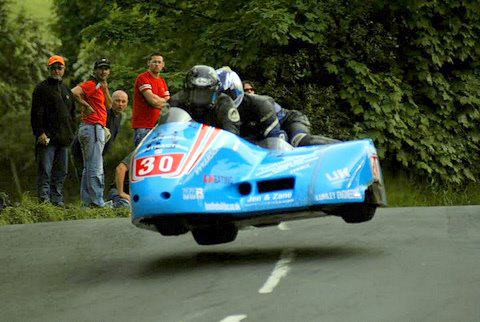
Forest Classics, sponsors
of Robert Handcock &
Ken Edwards, at the Isle
of Man TT races.
Congratulations to Rob & Ken for winning 5th place at the 2012 Sidecar event!
Visit RJ Road Racing website
Click
here
|
Ministeam Atmospheric Engine from 1712 |
||||
| Available as a Ready to Run Model or Kit. | ||||
|
|
||||
| Price: £165.00p Ready to run model | ||||
| Price: £145.00p Kit | ||||
|
On this working model can be shown the function of the first atmospheric steam engine. With the heat of the spirit burner some water in the boiler starts boiling. The steam is blowing off by the check valve so there is no pressure in the boiler. As soon as a little bit of cold water is injected into the steam with the spray bottler the steam condenses. A subpressure is coming up in the cylinder and the boiler. Now the atmosphere press down the piston and lift up the beam on the other end. The up and down of the beam operates the water pump connected on a chain deep in the mine. |
||||
| Ready to run model Lenght: 355 mm Width: 90 mm Height: 255 mm Weight: 395 g |
||||
|
Blacksmith Thomas Newcomen installed the first practical
steam engine in a coal mine in Staffordshire, England in 1712. This was an
atmospheric engine capable of pumping water out of mines at much greater
depth than previously achieved. Former inventions by people such as Dennis
Rapin 1690 and Thomas Savery 1698 were not successful. |
||||
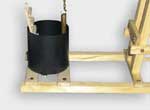 |
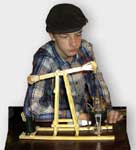 |
 |
||
|
